Walking onions are a fun and delicious addition to your permaculture garden or food forest. Also known as tree onions or Egyptian walking onions, these are hardy plants that pretty much take care of themselves. Beneficial for health and the garden, walking onions are a sight to see and earn the space to “walk” in your yard!
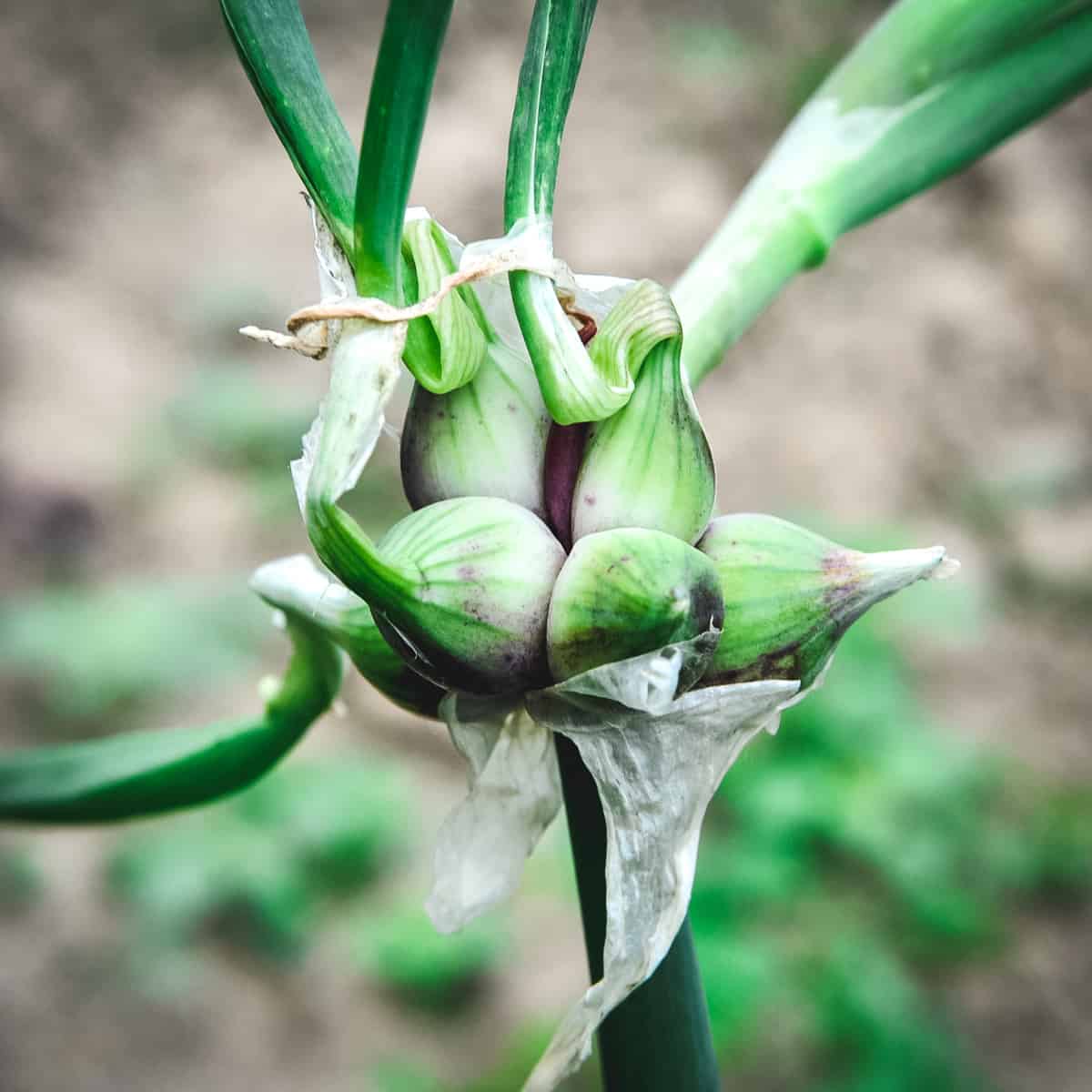
Want to save this post for later?
About Walking Onions
Walking Onions (allium x proliferum), are a perennial form of onion resembling cultivated onions, except that small bulbs form at the top of the stem. The stems then bend down to the ground to root and produce a new plant by “walking” through your garden.
If you allow them to replant themselves from topsets you will gain new onions, but keep in mind that if you pull up the whole onion root a new plant will not regrow in its place.
Some seed companies are starting to sell walking onion sets such as Southern Exposure Seed Company and Territorial Seed Company. You can also check your local nurseries to see if they carry them.
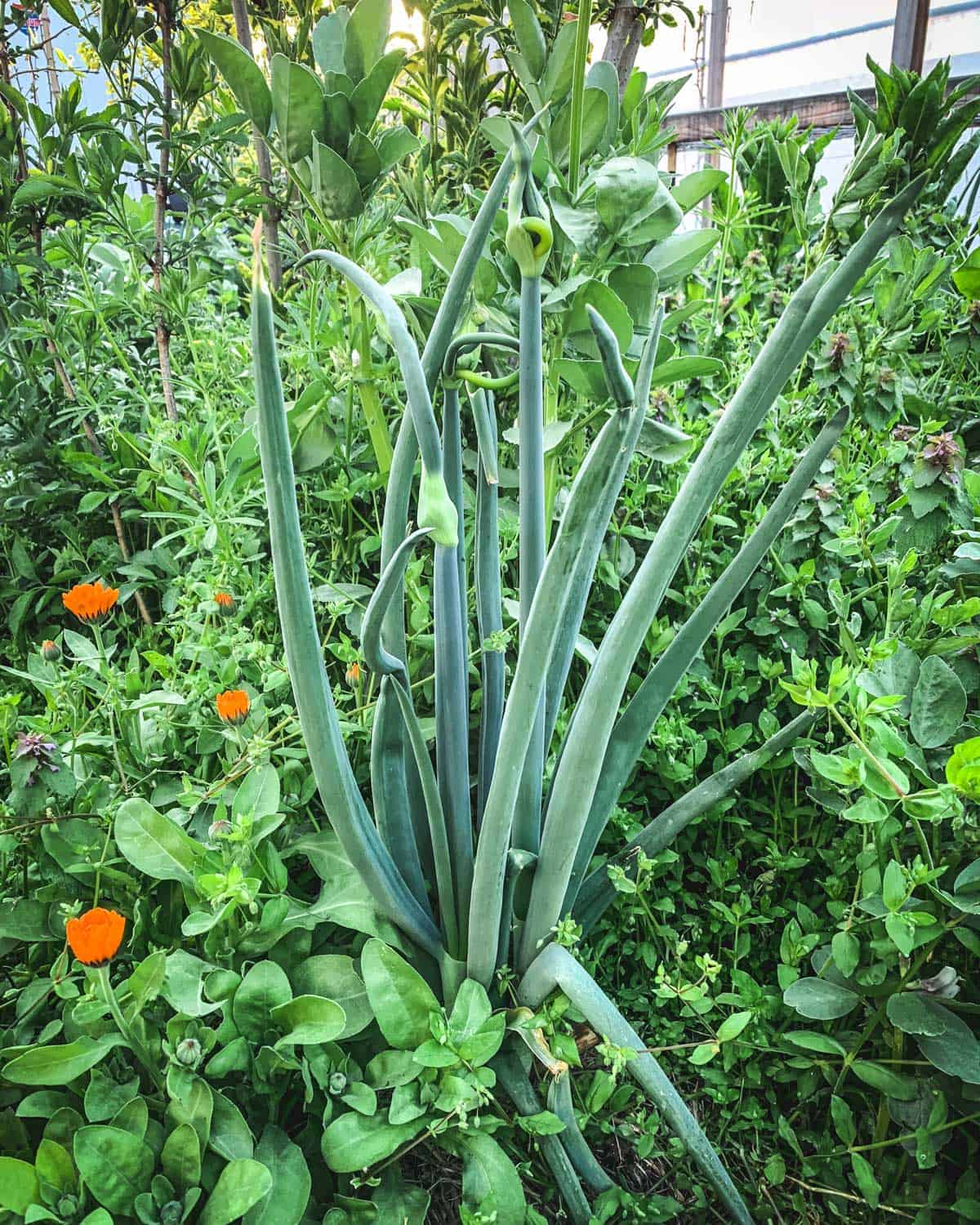
Growing Walking Onions
Plant the onions about 2 inches deep in moist but well-drained soil, around 2 feet apart or in clusters.
Walking onions like the sun, so find a good sunny patch in your garden where they will have room to expand since they do in fact “walk”!
Plant these onions any time of year, but it is best to plant them in the fall around the same time that you would plant garlic, typically late September to early November, depending on your region.
Tree onions take a year of growth before they will form topsets, so be sure to plan and expect accordingly.
Once established, walking onions are extremely hardy and given the right growing conditions will proliferate on their own. They are often the first greens in the spring and the last in the fall.
Walking onions would also function well as part of a tree guild, or the understory in a food forest.
Related: How to Grow an Artichoke Plant: Edible and Beautiful
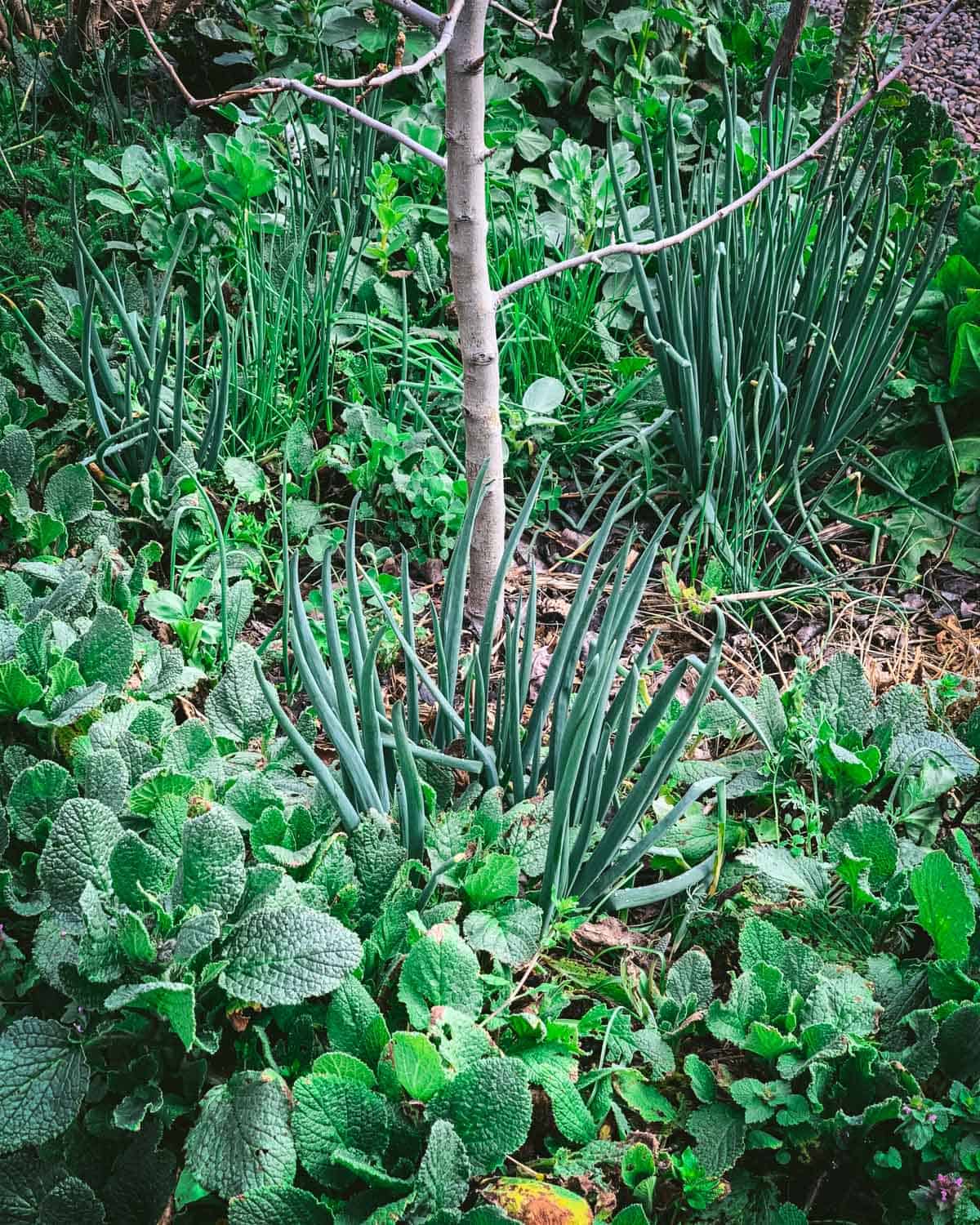
How to Propagate
Walking onions are the easiest plants to propagate since they pretty much propagate themselves willingly.
If you want to plant some in a new area or give to a friend, all you have to do is break off a bulb from the top and plant it. Share the onion love!
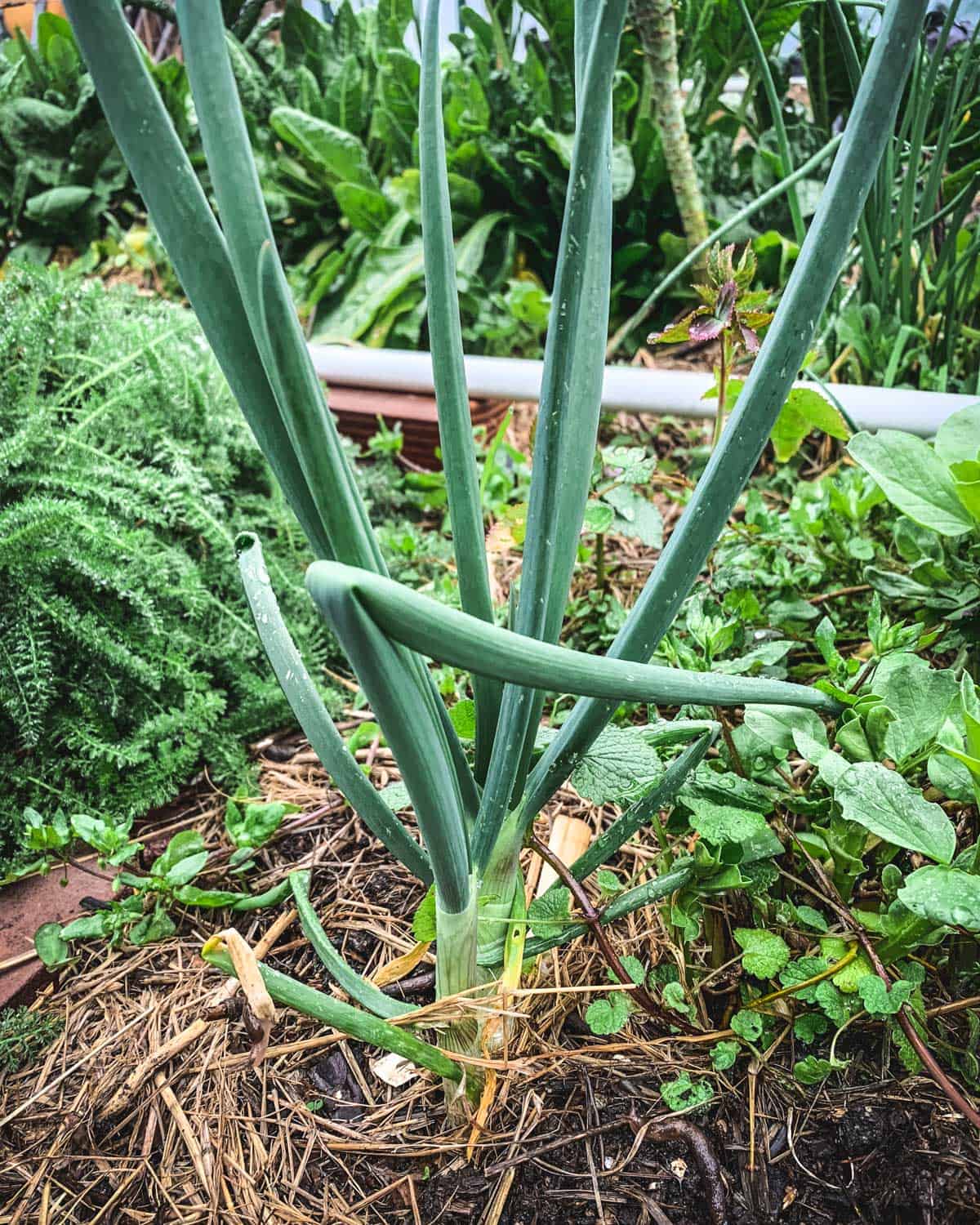
Are Walking Onions Invasive?
They aren’t considered invasive, but they will spread around your garden with their walking habit.
You can always harvest the top bulbs so that they don’t spread to areas where they are unwanted, or pull up the entire plant for eating if it’s in a place where you don’t want it.
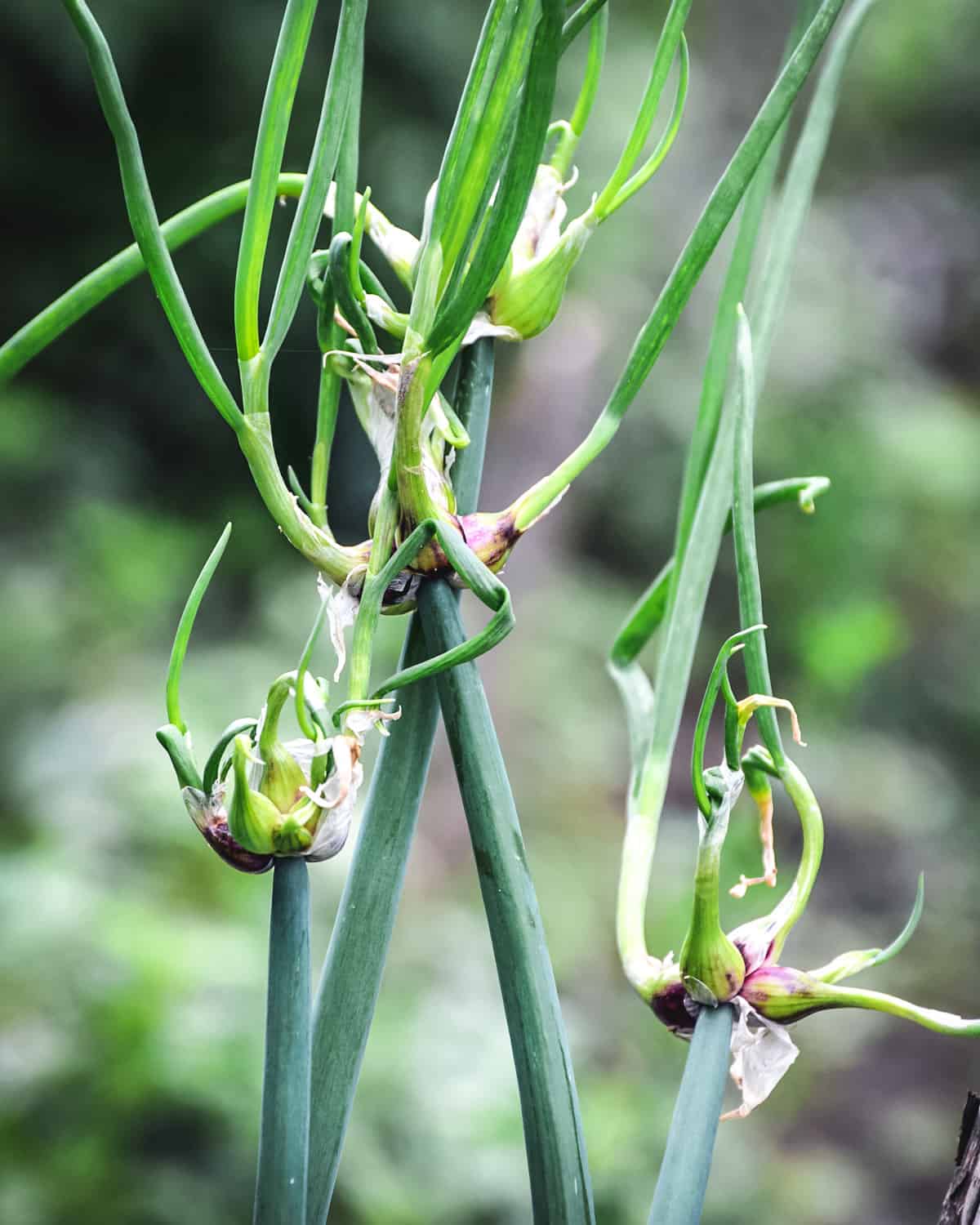
An Onion Called by Any Other Name
Walking onions are popularly called “walking” because they literally seem to walk through your garden!
They go by many other names, but all are the same plant and just as tasty. Some of the other names you may hear this onions-on-the-move be called are tree onions, Egyptian walking onions, topset onions, and top setting onions.
Call them what you want, but to me walking onions makes the most sense because that’s exactly what they do.
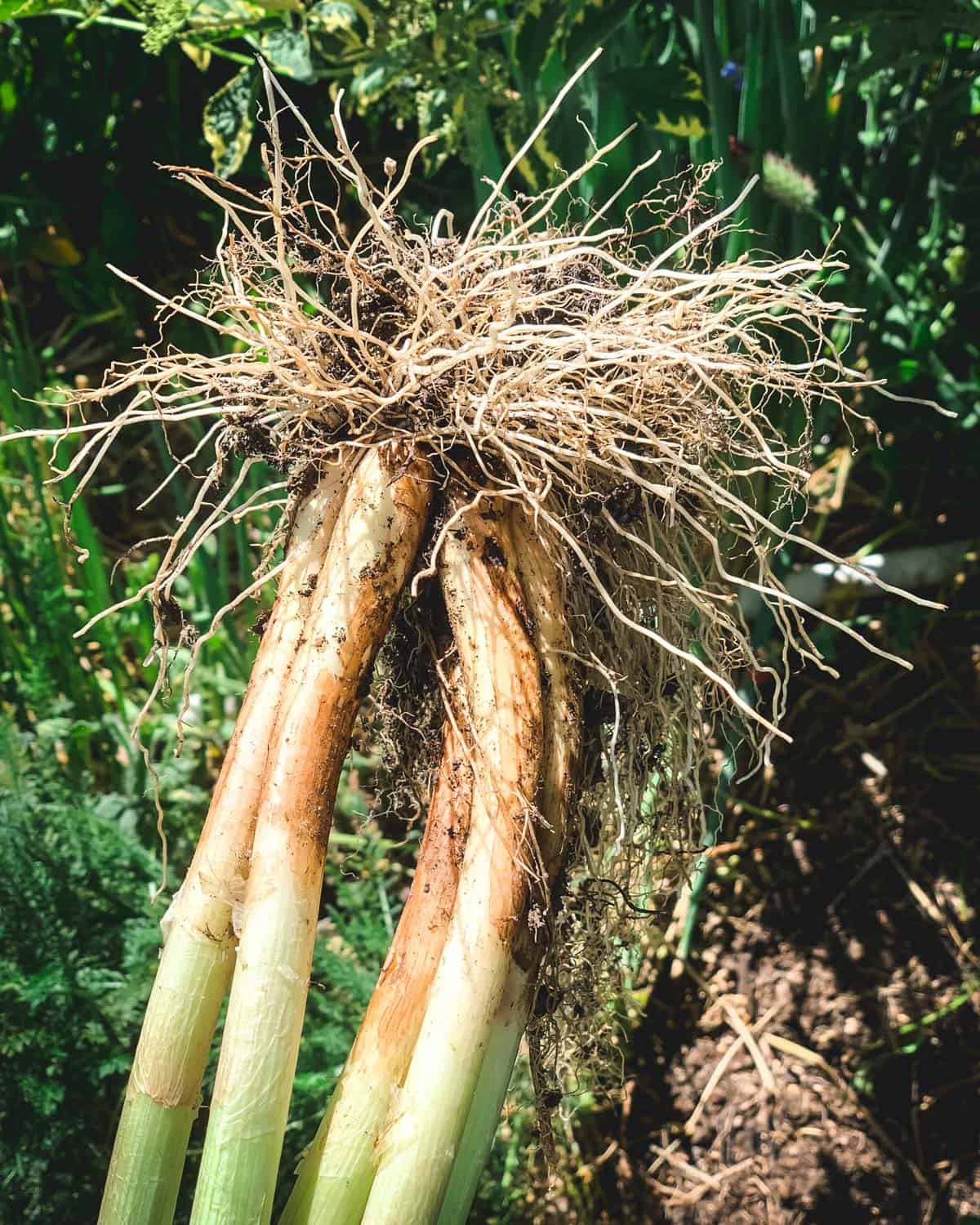
How to Eat Walking Onions
Walking onions are indeed edible, and delicious! They look and taste like giant green onions, and both the green and white parts are edible.
The smaller, younger shoots are more tender than the older ones. They all have a strong onion flavor, with a spicy kick to them.
Tree onions don’t grow large bulbs underground like regular onions, they are more like green onions. The small bulbs that form at the top of the stem are edible raw, cooked, pickled, or dried for storage.
The leaves of tree onions are also edible, chop them like chives. Slice the underground root and use it just like a small onion or leek.
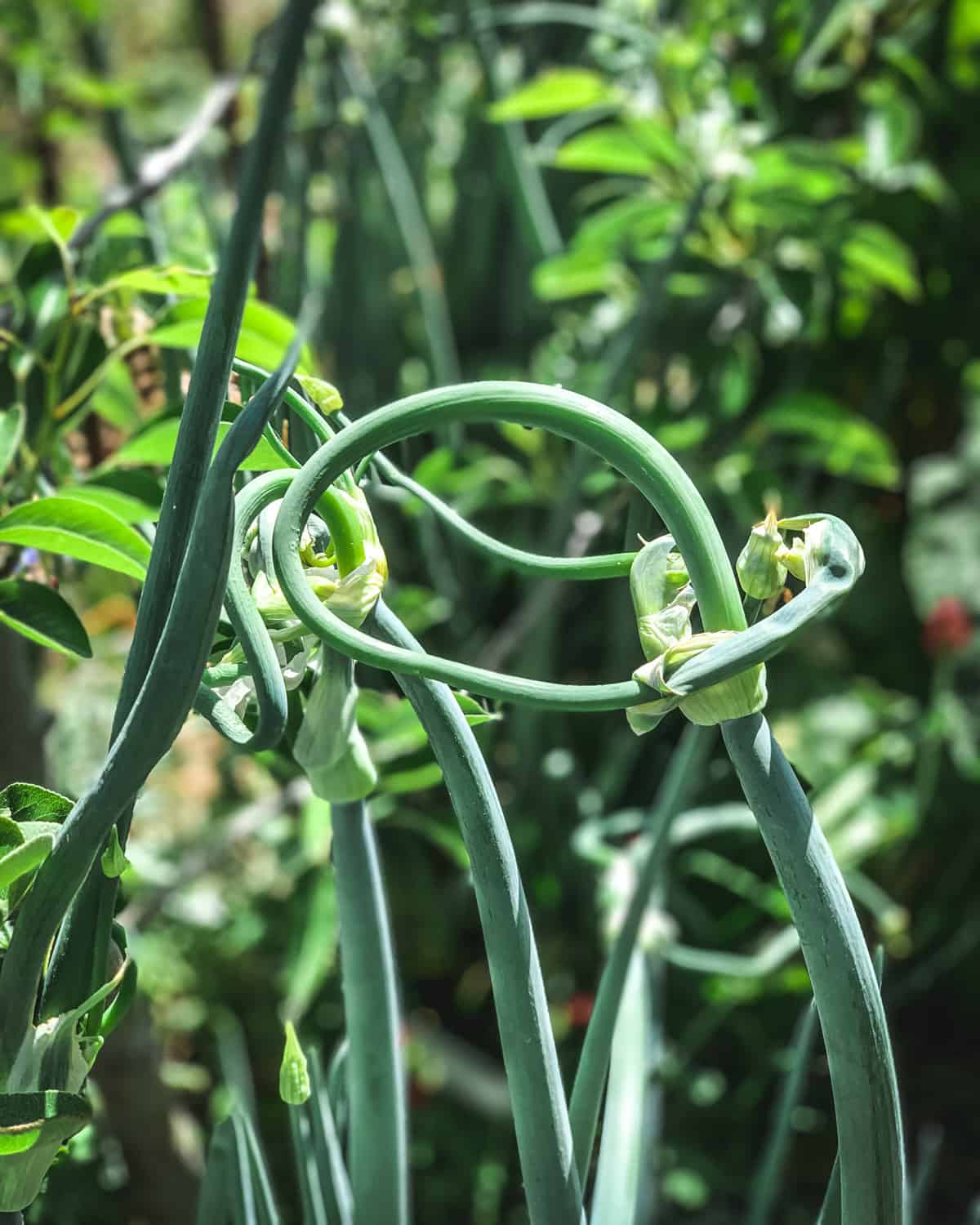
Health and Garden Benefits
Eating all parts of the raw walking onion has a range of benefits for the body, just like all members of the allium family, and when ingested on a regular basis will help promote general health.
Use tree onion juice to treat bee and wasp stings, bites, scratches, or skin fungus.
This plant helps repel insects and moles while growing in your garden. You can even make a natural insecticide by steeping the chopped onions in boiling water, straining, and spraying the water on plants.
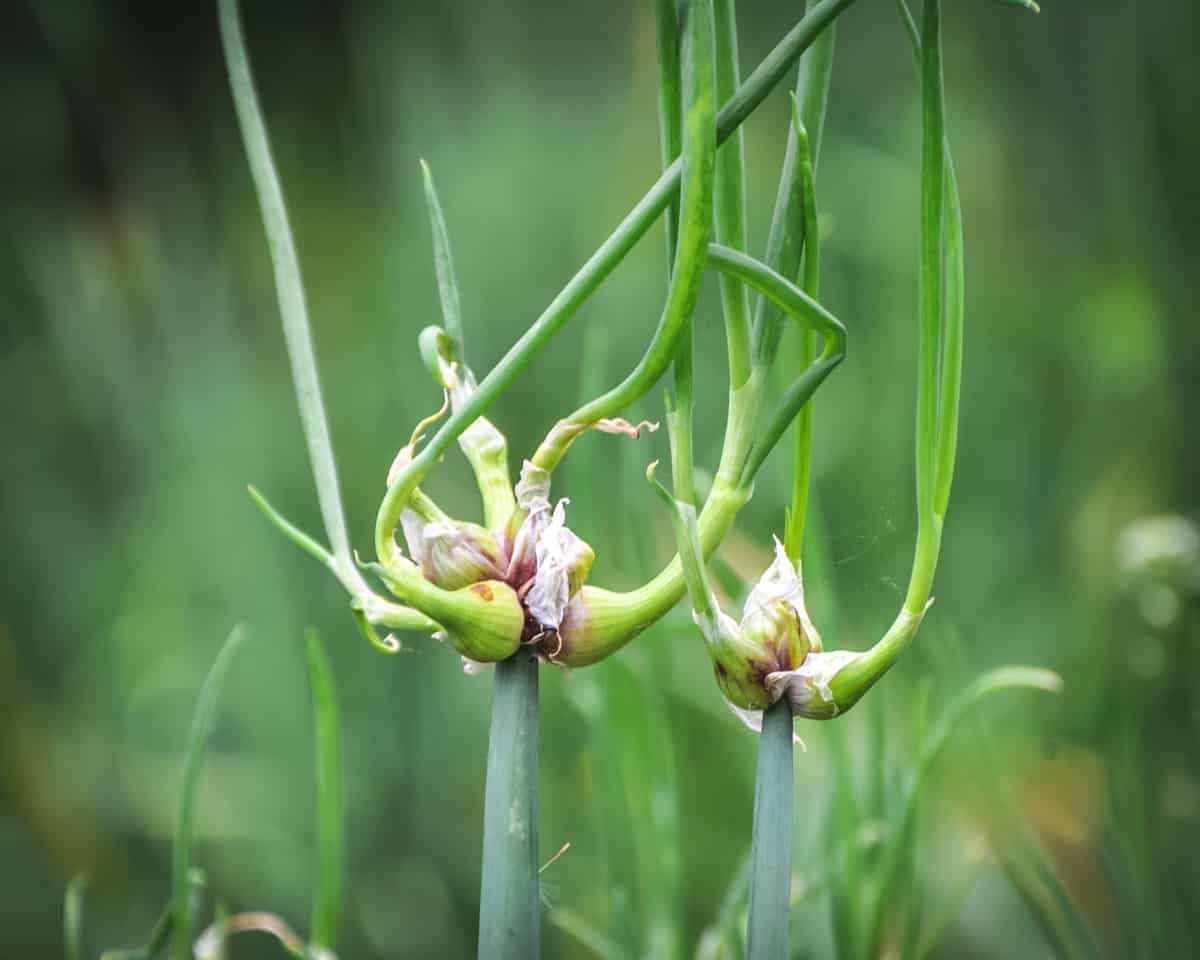
Such an easy-to-grow plant with so many benefits is considered a valuable addition to any garden. So give walking onions a try, even just to watch them “walk.”
The Backyard Forest Garden eBook
Being that walking onions are a perfect permaculture food forest plant, I’d like to share my forest garden eBook with you!
The Backyard Forest Garden: How to Create a Small-Scale Food Forest includes step-by-step instructions on how to design and build a forest garden right in your own backyard.
This eBook includes the benefits, design, and how to build a forest garden. Including information about where to obtain plants, plant relationships, rainwater collection tips, and more!
You’ll also find an extensive list of perennial permaculture food forest plants to consider including trees, shrubs, ground covers, and vines.
More on permaculture:

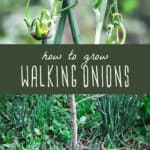
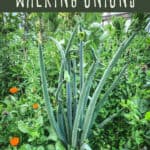
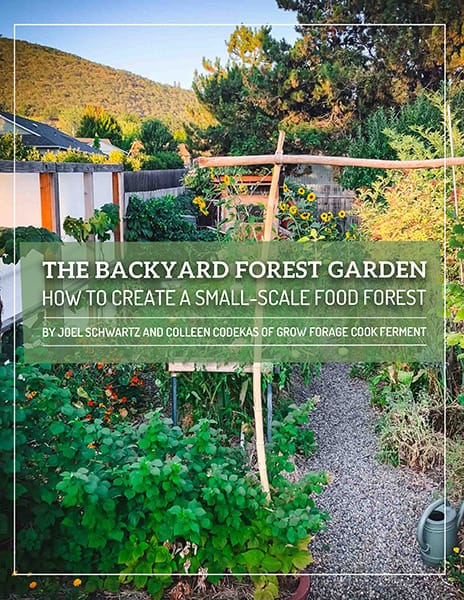

My sister has these growing in her yard and gave me a few. I have them growing in a big pot because I live in an apartment. I love these onions, and this article! Thank you for your wonderful site!!
You’re welcome. Enjoy!!
Hi Colleen
We have grown these onions for years and we call them winter onions but like the name
Walking Onions instead!!! They are indeed easy to grow and we have shared these onions many times over the years! Thank you for this timely post and enjoy your Walking Onions. (this is the first I have seen a post on these onions.)
yvonne
Thanks, Yvonne. Enjoy yours too!
This article is very interesting. I have been studying these for the last couple of years and am looking for some of these to start growing in my garden. Do you sell them? Please let me know.
Thank you for all your good work, and the fun things you teach.
Hi Dianne. I don’t sell them, sorry!
I just found your site after purchasing some walking onion starts online from Sow True Seeds. I am just starting my first garden (eventually transitioning all of the lawn to garden) using permaculture methods. I am thrilled to find your site. Thank you so much!
You’re welcome. Enjoy your walking onions!